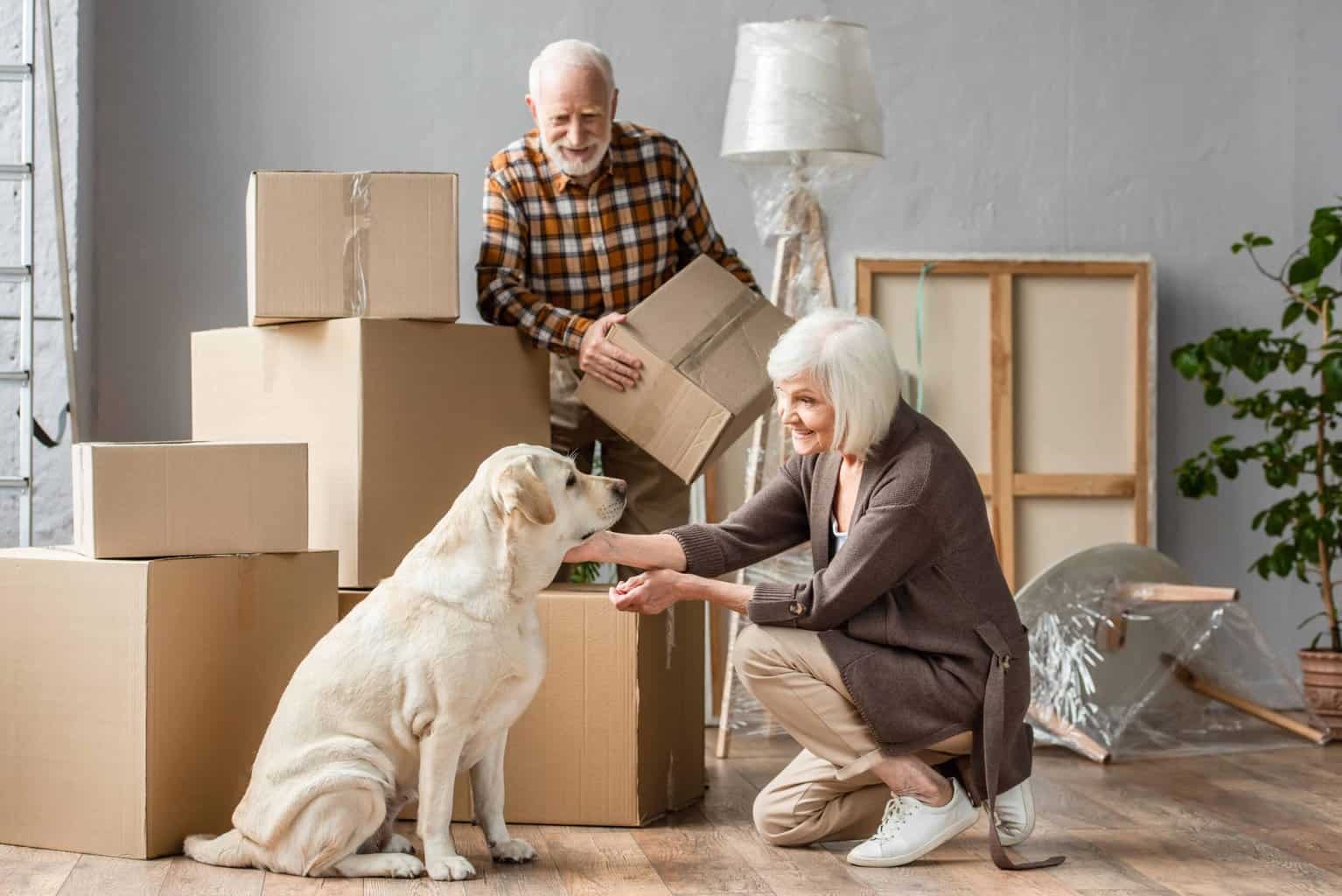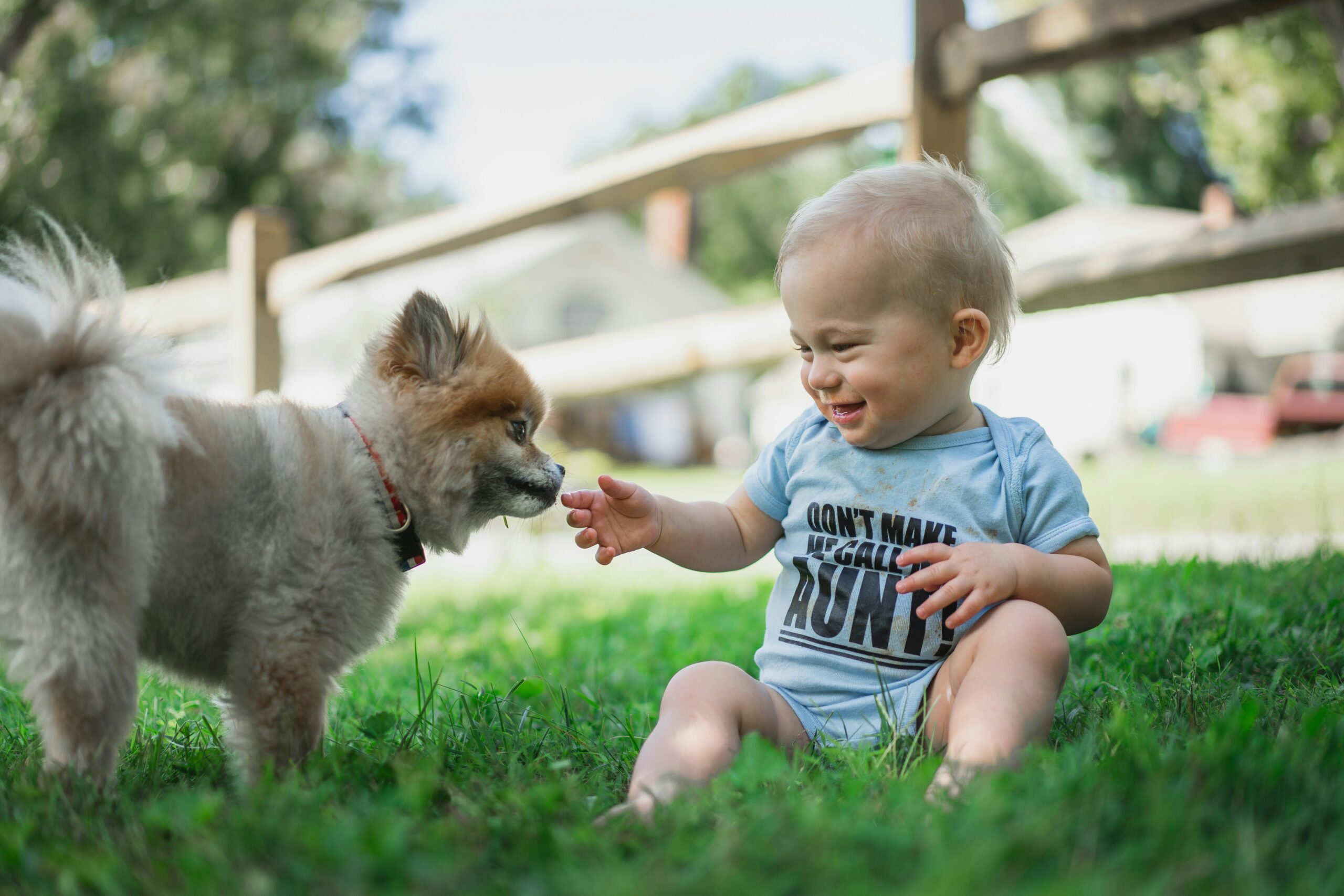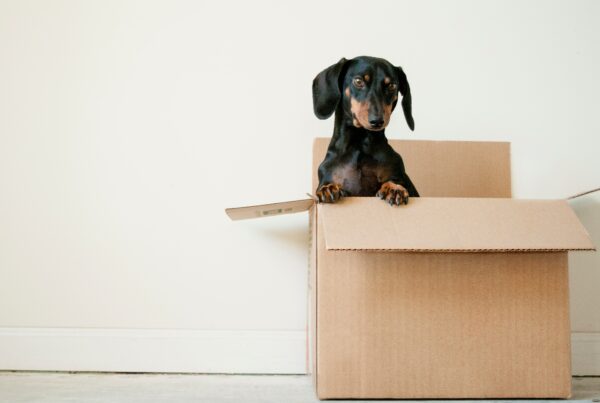Moving to a new home is an exciting adventure, but when you have a four-legged friend by your side, it’s important to ensure their comfort, safety, and well-being throughout the journey.
Preparing your dog for a long-distance move requires thoughtful planning and meticulous attention to detail. Whether you’re relocating across the country or venturing to a different part of the world, our ultimate checklist is here to guide you every step of the way.
In this comprehensive article, we will delve into the essential aspects of preparing your dog for a long-distance move. From assessing their health and well-being to making travel arrangements, packing their essentials, and helping them adapt to the new environment, we’ve got you covered.
By following our checklist, you’ll be equipped with the knowledge and tools to ensure a stress-free and successful move for both you and your beloved canine companion. So, if you’re ready to embark on this adventure together, let’s dive in and discover how to prepare your dog for a long-distance move like a pro.
From the initial health assessments to creating a safe and comfortable travel environment, and from packing their favorite toys to helping them adjust to their new home, we’ll provide you with the guidance and insights you need to ensure a smooth transition.
Together, we’ll make this journey an unforgettable experience filled with wagging tails and boundless excitement. Let’s get started on this paw-some adventure!
Assessing Your Dog’s Health and Well-being
Moving can be stressful for dogs, and it’s essential to ensure their health and well-being before embarking on the journey. By taking these steps, you can set them up for a safe and comfortable experience:
1. Veterinary check-up: Ensuring your dog’s health is in order
Before the move, schedule a visit to your veterinarian to assess your dog’s overall health. They will conduct a thorough examination, checking for any underlying conditions or issues that may affect the journey. This is also an ideal time to update vaccinations and obtain any necessary certificates.
2. Vaccinations and microchipping: Updating necessary records
Confirm that your dog’s vaccinations are up to date, especially if you’re moving to a different area where specific vaccines may be required. Additionally, consider microchipping your dog or updating their microchip information to ensure they can be easily identified if they happen to get lost during the move.
3. Medications and prescriptions: Stocking up for the journey
If your dog is on any medications, make sure you have an ample supply to last throughout the move. It’s also a good idea to carry a copy of their prescriptions in case you need to refill them during the trip.
4. Travel anxiety: Addressing and managing stress-related issues
Some dogs may experience anxiety or stress during travel. Speak to your veterinarian about possible solutions to alleviate travel anxiety, such as natural remedies or prescribed medications if necessary. Additionally, consider gradually acclimating your dog to travel by taking short trips beforehand.
Travel Arrangements and Logistics
Making appropriate travel arrangements and considering the logistics of the journey are crucial for a successful move with your dog. Here are some important factors to consider:
1. Choosing the right transportation method: Air travel, road trip, or other options
Consider the most suitable mode of transportation for your dog based on their size, breed, and individual needs. Depending on the distance and your dog’s temperament, you may opt for air travel, a road trip, or a combination of both. Research the requirements and regulations for traveling with pets by air or across borders.
2. Crate training: Familiarizing your dog with a travel crate
If your dog is not already comfortable in a crate, it’s essential to introduce crate training well in advance of the move. A well-trained dog crate will provide a safe and secure space during travel, reducing their anxiety and ensuring their safety.
3. Travel documentation: Ensuring you have the necessary paperwork for your dog
Check the travel requirements for your destination, including any necessary documents or permits for bringing your dog along. This may include health certificates, vaccination records, and identification tags. Organize these documents in a secure folder or travel pouch for easy access during the journey.
4. Booking pet-friendly accommodations: Finding suitable lodging along the way
If your move involves overnight stays, it’s crucial to find pet-friendly accommodations that prioritize your dog’s comfort and well-being. Consider partnering with reputable moving companies that offer services tailored to pet parents.
One such reliable option is Best Moving Quotes, a company known for their exceptional pet-friendly moving services. They can assist you in finding suitable lodging along your route, ensuring a stress-free experience for both you and your furry friend.
Packing Essentials for Your Dog
When it comes to packing for your dog, it’s important to ensure they have everything they need for the journey and their stay in the new home.
Consider the following essentials:
1. Food and water supplies: Calculating and packing for the journey
Pack enough food and treats to last your dog throughout the move and the first few days in the new home. Calculate their usual portion sizes and add a bit extra in case of unexpected delays. Carry collapsible bowls for easy feeding and ensure access to fresh water at all times.
2. Favorite toys and comfort items: Bringing familiar objects for reassurance
Familiar items can provide comfort and familiarity during the journey. Pack your dog’s favorite toys, blankets, or bedding to help them feel secure and at ease in their crate or designated travel space.
3. Leashes, collars, and identification tags: Ensuring your dog’s safety
Double-check that your dog’s leash, collar, and identification tags are in good condition and securely attached. It’s essential for their safety that they are properly identified with your current contact information, especially in case they wander off during the move.
Exercise and Mental Stimulation
Keeping your dog physically and mentally stimulated during the move is essential to their well-being. Here’s how you can ensure they get the exercise and mental engagement they need:
1. Exercise routines: Keeping your dog active and fit before the move
Engage your dog in regular exercise leading up to the move. Long walks, play sessions, and trips to the dog park can help them expend energy and reduce anxiety. A tired dog is more likely to be relaxed during the journey.
2. Mental stimulation toys: Engaging your dog’s mind during travel breaks
Provide your dog with interactive toys and puzzles that engage their minds during travel breaks. These toys can help keep them occupied, reduce boredom, and alleviate stress. Consider toys that require problem-solving or treat-dispensing to keep them entertained.
3. Scent training and familiarization: Preparing your dog for new surroundings
Help your dog become familiar with the scents of their new environment before the move. Use scented items from the new home and introduce them during play or training sessions. This will help them associate the new scents with positive experiences and ease the transition.
4. Establishing a routine in the new location: Planning for regular exercise
Once you arrive at your new home, establish a routine as soon as possible. Dogs thrive on structure, so aim to maintain consistent feeding, walking, and playtimes. This will provide them with a sense of familiarity and help them adjust to the new environment more quickly.
Safety Measures during the Move
During the move, it’s crucial to prioritize your dog’s safety. Implement the following safety measures to ensure their well-being:
1. Securing the travel crate: Ensuring proper ventilation and stability
When using a travel crate, ensure it is securely fastened in the vehicle and provides proper ventilation. Avoid placing the crate in direct sunlight or in a position where it could slide or tip during sudden movements.
2. Restraint systems: Using seat belts or harnesses for car travel
If your dog is traveling in the car without a crate, use a seat belt harness or a specially designed dog car harness to secure them safely. This will prevent them from moving around the vehicle and minimize the risk of injury in case of an accident or sudden stops.
3. Safety precautions at rest stops: Avoiding potential hazards
When taking breaks during the journey, choose rest stops that are dog-friendly and provide a secure environment. Keep your dog leashed at all times and avoid areas with busy roads or potential hazards. Offer them water and short potty breaks while ensuring their safety.
4. First aid kit for dogs: Being prepared for any emergencies
Pack a first aid kit specifically for your dog, including essential items such as bandages, antiseptic solution, tweezers, and any necessary medications. Familiarize yourself with basic first aid procedures for dogs to address minor injuries or ailments that may occur during the journey.
Adapting to the New Environment
Once you arrive at your new home, helping your dog adapt to the new environment is crucial for their comfort and well-being. Follow these steps for a smooth transition:
1. Introducing your dog to the new home: Tips for a smooth transition
Allow your dog to explore their new surroundings gradually. Start by introducing them to one room at a time, giving them plenty of positive reinforcement and rewards. Set up their bed, toys, and food and water bowls in a designated area to provide a sense of familiarity.
2. Exploring the neighborhood: Gradually introducing your dog to the surroundings
Take your dog on short walks around the neighborhood, gradually expanding the distance and duration of the walks. Allow them to sniff and explore their new environment while keeping a close eye on their reactions. Positive experiences during these walks will help them adjust more quickly.
3. Establishing a routine: Providing structure and familiarity
Dogs thrive on routine, so establish a consistent schedule for feeding, walking, and playtime in the new home. This will provide them with a sense of stability and security, helping them adjust to their new environment more easily.
4. Identifying nearby veterinary services and dog-friendly facilities
Research and familiarize yourself with the nearest veterinary services, including emergency clinics, in case of any health issues or emergencies.
Additionally, locate nearby dog parks, walking trails, and pet-friendly establishments to ensure your dog has opportunities for socialization and exercise.
Frequently Asked Questions
How far in advance should I start preparing my dog for a long-distance move?
It’s best to start preparing your dog at least a few weeks before the move. This allows time for health assessments, crate training, and gradual familiarization with the changes ahead.
Can I sedate my dog during the journey to alleviate anxiety?
It’s essential to consult with your veterinarian before considering sedation for your dog. In some cases, sedation may be recommended to alleviate extreme anxiety, but it should only be done under professional guidance.
What should I do if my dog becomes car sick?
If your dog experiences car sickness, try feeding them a light meal a few hours before the journey and avoid feeding them during the trip. Additionally, consider natural remedies or medications recommended by your veterinarian to alleviate their symptoms.
Are there any restrictions on traveling with certain dog breeds?
Certain dog breeds may face travel restrictions or require additional documentation when crossing borders. Research the specific regulations for your destination and ensure you comply with any breed-specific requirements.
How do I help my dog adjust to the new home and surroundings?
Help your dog adjust by gradually introducing them to the new home, providing a familiar space with their belongings, and establishing a routine. Patience, positive reinforcement, and plenty of love and attention will help them feel comfortable in their new environment.
What steps should I take if my dog gets lost during the move?
If your dog gets lost, act quickly by notifying local animal shelters, posting on online lost pet platforms, and informing nearby veterinary clinics. Ensure their microchip information is up to date to increase the chances of a safe return.
Infographic created by Moving Proz.
Wagging into a New Adventure
Congratulations on reaching the end of our ultimate checklist for preparing your dog for a long-distance move! By carefully considering your dog’s health, safety, and well-being, you can ensure a smooth transition to your new home. Remember to plan ahead, provide comfort and familiarity, and maintain a positive attitude throughout the journey. With your love and support, your furry friend will soon be happily wagging their tail in their new environments. Safe travels with your pet!




